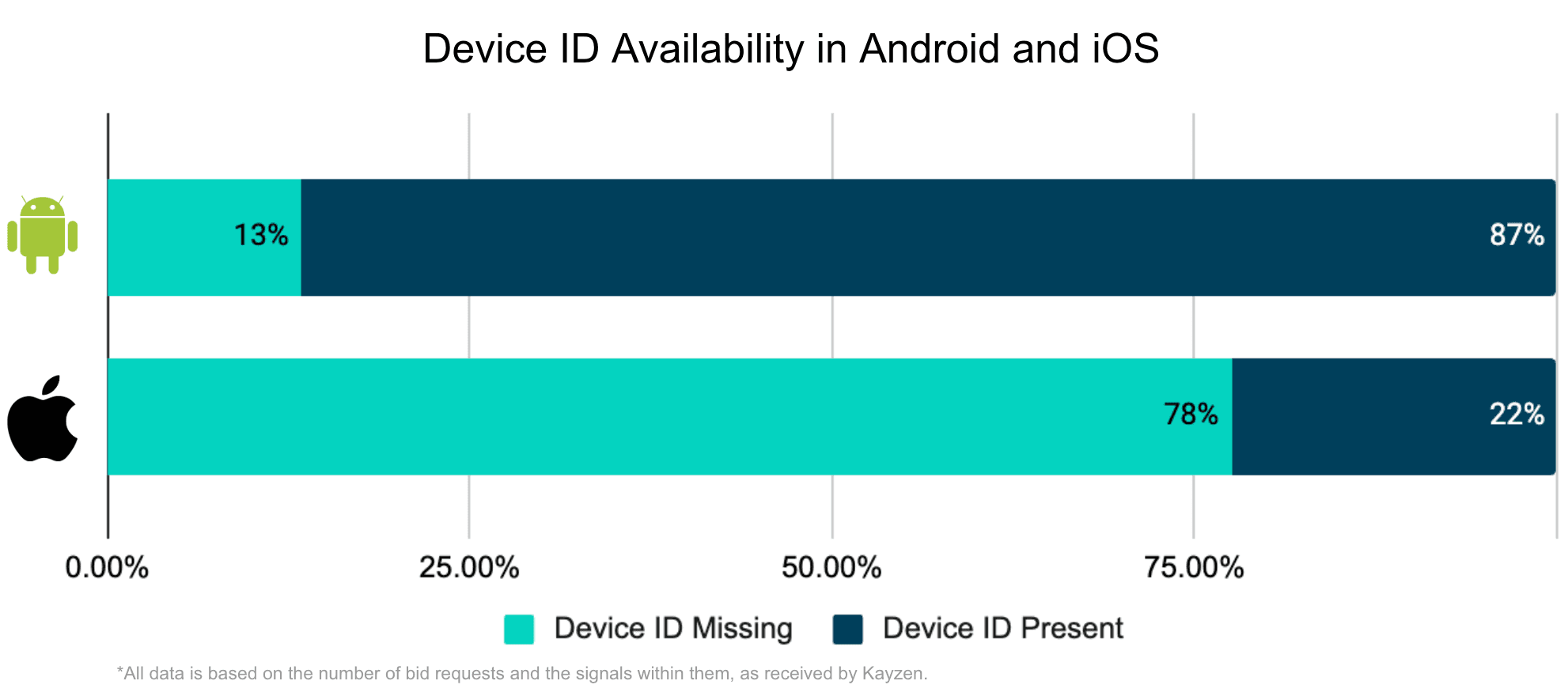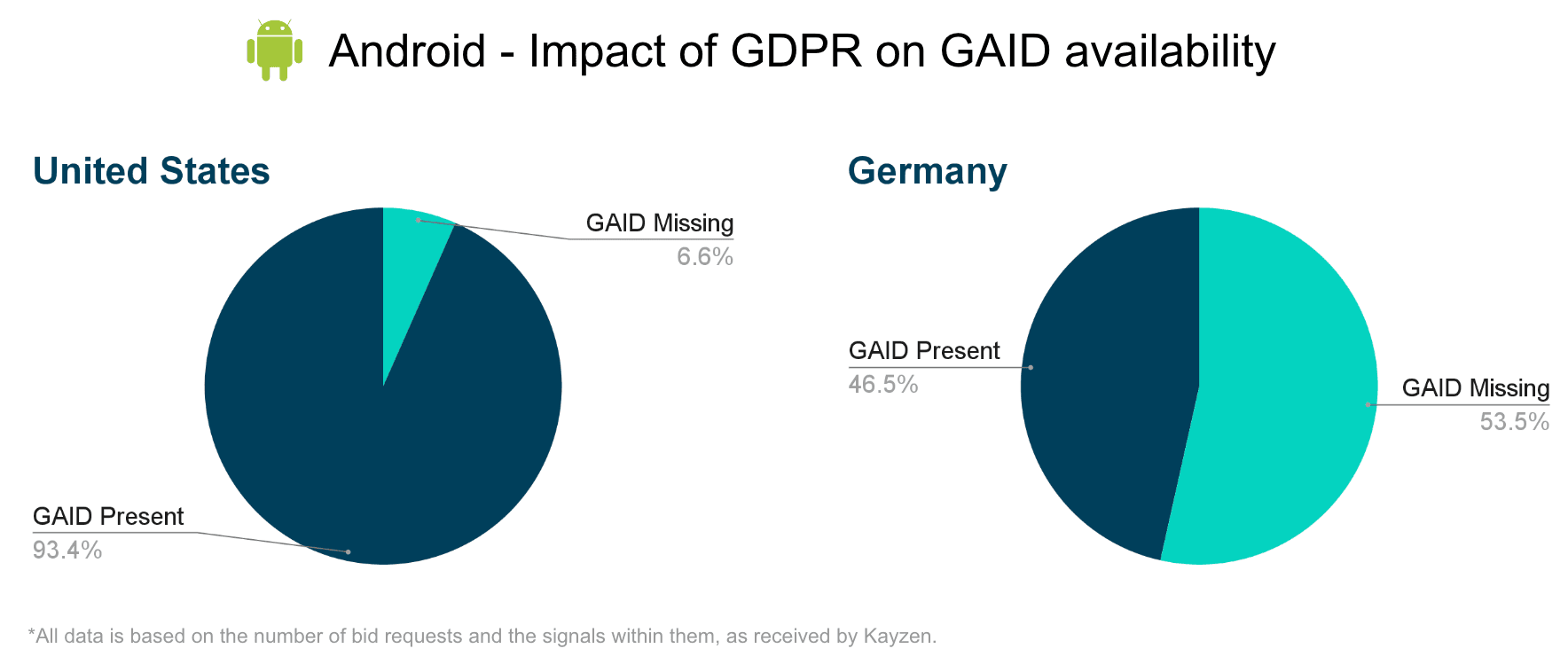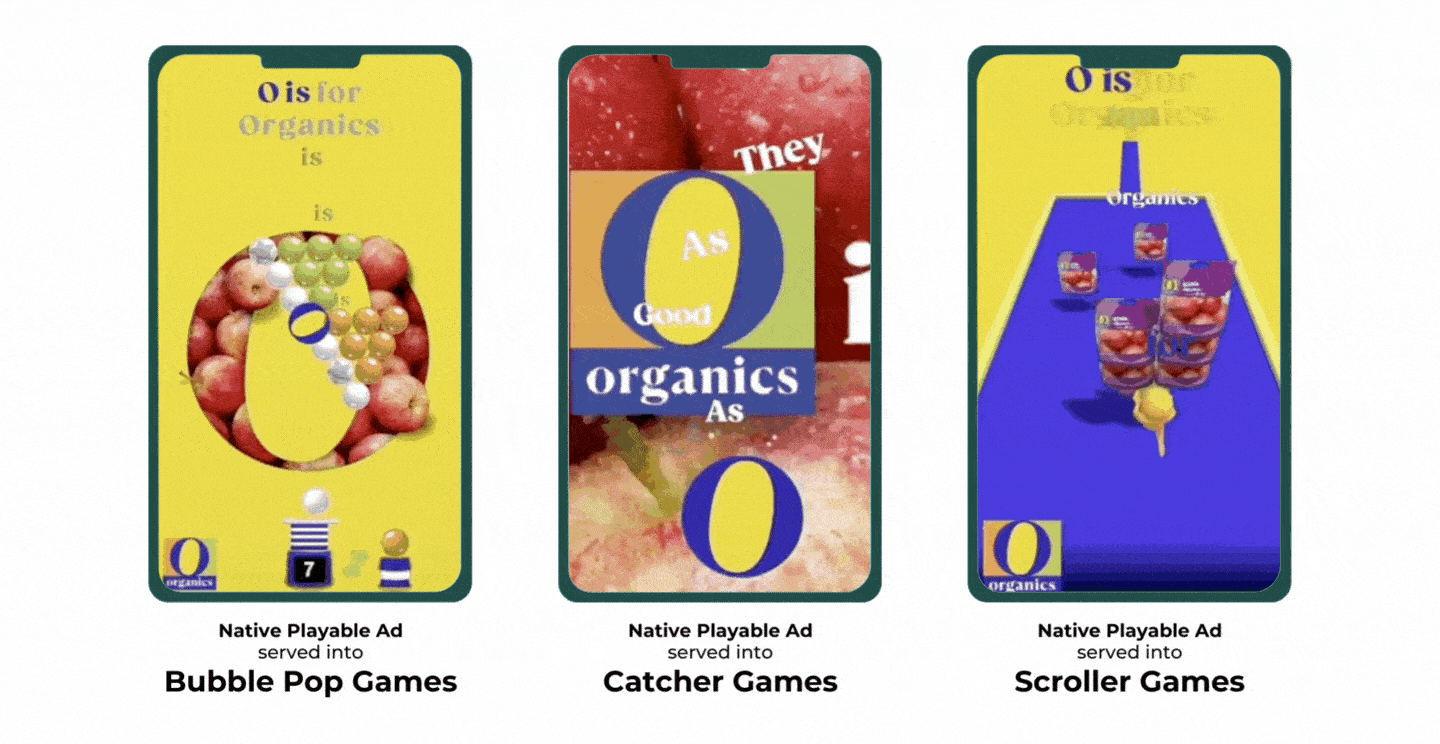Solutions
Teams
Built for your whole team.
Industries
Trusted by all verticals.
Mediums
Measure any type of ad spend
Platform
Use Cases
Many Possibilities. One Platform.
AI and Automation
The Always-on Incrementality Platform
Teams
Built for your whole team.
Industries
Trusted by all verticals.
Mediums
Measure any type of ad spend
Use Cases
Many Possibilities. One Platform.
AI and Automation
The Always-on Incrementality Platform

As a company dedicated to transparency and control, we prioritize giving advertisers the tools and insights they need while staying compliant with various privacy policies. We aim to deliver personalized and engaging ad experiences that respect user privacy. By using advanced machine learning, contextual targeting, and innovative privacy-safe solutions, we help our clients reach their target audiences effectively.
With the decrease in user ID availability, the need for advanced machine learning and modeling, like we use at Kayzen, becomes more pronounced. Our approach adjusts campaign targeting based on contextual relevance, device characteristics, location, and other privacy-safe information.
Programmatic remains the most transparent method to access in-app supply. Take, for example, an ad request that contains the below information (and much more!):
Using historical performance and advertiser inputs, DSPs with machine learning algorithms like Kayzen generate a performance prediction for each ad request from signals like these. To make the most accurate predictions possible, machine learning at Kayzen constantly evolves to include features and behaviors that are the most valuable indicators of future performance.
It is important to keep in mind that the new world of privacy has not arrived everywhere in the same manner.
From an OS perspective, Device ID availability in Android programmatic bid requests remains at 87%, while in iOS this has reduced to merely 22% after the introduction of ATT in April 2021.

On the other hand, privacy regulations are not equal everywhere and the impact can vary significantly. For example, in Germany, under GDPR, Device ID availability in Android stands at 47% of all programmatic bid requests, while in the US, this value rises to 93%.

Hence, it is imperative for marketers to always keep in mind the environment where they are running their campaigns to fully understand the impact that privacy measures can have on the granularity and accuracy of their targeting strategy.
Personalized ads are still very much possible in the privacy world.
Take, for example, this case study between Kayzen and AdArcade. Understanding that the games users play reflect their personal preferences, AdArcade leveraged Kayzen’s Smart App Categories to deliver gamified ad experiences that matched the game genre gameplay experience users were currently playing.

Another interesting Kayzen case study is that of Maniko Nails, which describes our success running Ad Sequencing based on data points collected through our Video+ ad format, which, in turn, allows us to create user segments based on their engagement level.
But how can you still run Ad Sequencing without IDFA in iOS? Enter IDFV (ID for Vendors), a device identifier that persists across apps from the same app publisher. IDFV is not impacted by ATT, in fact, our programmatic data shows that 78% of bid requests without IDFA, actually contain IDFV data, making it possible to still retarget users within a subset of apps.

When selecting advertising tools with a priority on planning for a privacy-safe future, it’s crucial for marketers to choose technologies that provide complete transparency and control. Fully understanding how data is handled and used within campaigns is key. This transparency not only ensures user information is kept safe but also empowers marketers to have full control over their campaign targeting and optimization.
Moreover, marketers should look for partners who prioritize education and collaboration. This enables a thorough understanding of privacy changes' nuances and how they specifically impact marketing activities.
For example, at Kayzen, we focus on designing solutions that prepare marketers for future shifts in privacy norms, ensuring they are well-equipped to adapt their strategies. It’s about finding the right balance between user privacy and the right targeting, ensuring that the methods used for identifying targeting are both transparent and aligned with current privacy standards.
Privacy is here to stay, and while, as we’ve seen, it has not arrived everywhere in the same manner, it is only a matter of time.
Back when ATT was released (I mean, who can forget those effectively fear-inducing ads from Apple?), app publishers struggled to build efficient ATT prompt messages that would maximize their opt-in ratios.
Education and transparency must be at the forefront of your communication with users, along with a clear understanding of your user base and what drives them to your app, product, or service. Don’t underestimate users; respect them and maintain this approach at every touchpoint, from ATT prompts to the creatives served to them.
Restrictions breed creativity. The new privacy world demands that both marketers and platforms such as Kayzen think outside the box. This shift challenges us to find innovative ways to reach and engage audiences while respecting user privacy.
The case studies shared above exemplify this approach. At Kayzen, we have been hard at work developing new privacy-safe solutions that emphasize transparency, education, creative innovation, and enhanced contextual data to help marketers achieve their goals while staying compliant with evolving privacy standards.

As a Strategic Partnerships Lead with over 5 years of experience in the ad tech industry, Tomás has a knack for everything supply-related. His deep understanding of publisher-side ad monetization stacks and their impact on ad auction dynamics, along with how creative rendering varies across different ad exchanges, distinguishes him. He loves sharing his insights through articles, reports, webinars, and Kayzen’s School of Programmatic, making complex topics accessible and engaging for everyone.